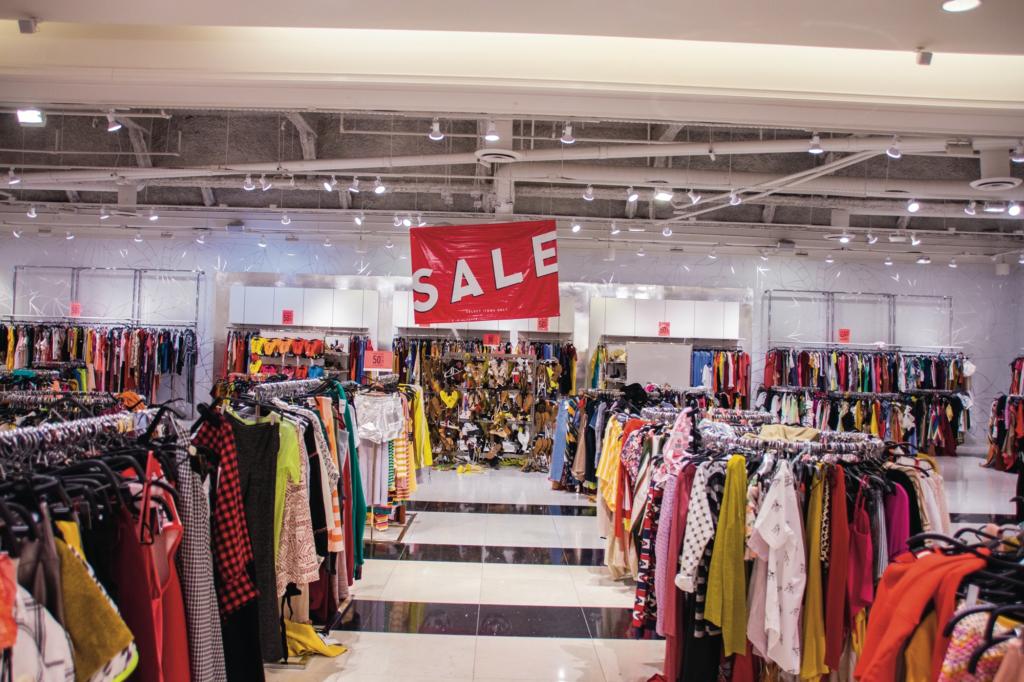
In September 2019, Forever 21, a well-known trendy clothing store, filed for bankruptcy and later announced plans to close all locations in the United States.
This announcement took many consumers by surprise, especially students who enjoyed shopping at this chain because of its low prices and stylish clothes.

This decision may not come as a shock, however, to those who are aware of the recent pushback Forever 21 and other “fast-fashion” stores and brands have been experiencing.
Fast-fashion brands are those that rely on low prices and current trends to market their products. Now more than ever, consumers are aware and concerned about how and where their clothes are being made, and, ethically, these kinds of businesses are not ideal.
Dr. Natalie Winter, professor of marketing and management, said another cause for Forever 21’s downfall could be the growing popularity and ease of online shopping.
“The nature of retail is changing. Amazon and other online retailers have made it easier to try out and return items that aren’t a good fit, thereby eliminating one of the advantages brick-and-mortar stores had,” Winter said. “With this increased competitive pressure and the already narrow margins of many fast-fashion retailers, some are not going to stand the test of time.”
Winter also agreed another cause for the fast-fashion industry’s decline is a result of the changing preferences of consumers.
“People are increasingly quality-conscious. Many fast fashion retailers grew in popularity during the great recession. Now that economic conditions are more positive, people are more willing to pay for higher quality items,” Winter said.
The ability to produce such affordable products and keep up with the ever-changing trends often comes with the price of a higher demand for labor, and as many companies are prone to doing, Forever 21 found much of this labor internationally from low-wage workers who worked long hours.
While initially this combination of cheap labor, fast production and trendy clothes seemed like a foolproof plan for the business to be successful, the prosperous beginnings of this American-founded company were not to last.

As consumer trends moved from buying cheap, fast-fashion products to either buying high-end fashion or opting out of purchasing new clothes entirely and instead looking toward thrift stores.
Molly Enns, junior marketing major, said she agreed that much of the movement away from stores, such as Forever 21 and others similar to it, is because of the recent growing popularity of thrift shopping or “thrifting.”
“A lot of people I know are starting to buy most of their clothes from thrift stores because it’s more affordable but you can still find cute clothes,” Enns said. “The prices at thrift stores are also pretty similar to stores like Forever 21 and sometimes are even better quality.”
In addition to thrifting, online shopping has recently become a much more popular way to shop than ever before.
Sophia Wayne, senior English major, said she prefers to shop online when buying clothes and said she would only go to Forever 21 when looking for something specific.
“Shopping online is easier for consumers and cheaper for businesses,” Wayne said. “Online shopping is also convenient and it’s easy to find the best deals.”
As many consumers begin to move away from shopping in the fast-fashion industry, Forever 21 may not be the only major retail chain finding it difficult to keep doors open in the midst of new competition and pressures.


